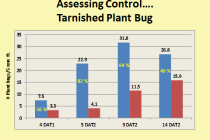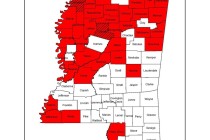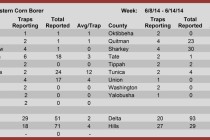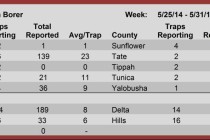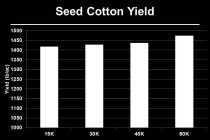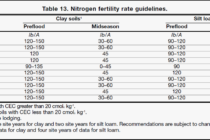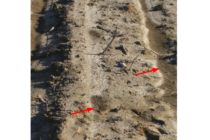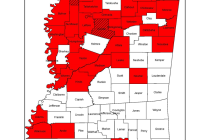Cotton Acres Bloomed, Price Shriveled
This past Monday (June 30), USDA released their annual Acreage report. The report is preceded by the March Prospective Plantings report with the difference being a more solid, confirmed acreage number in the acreage report compared to an expected, planned

